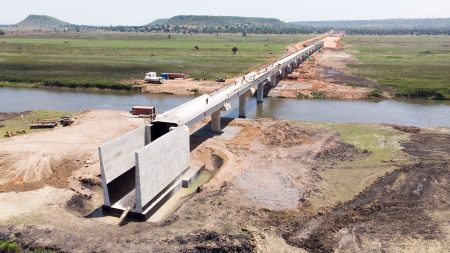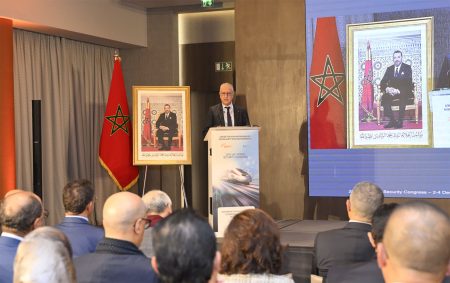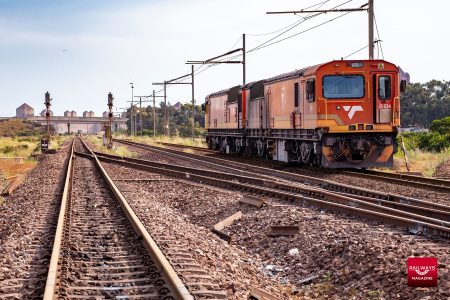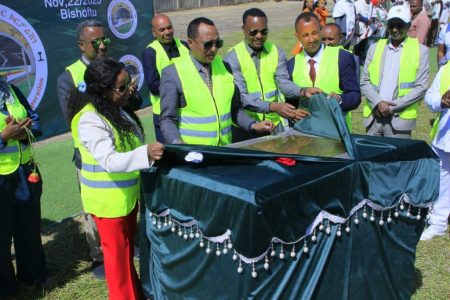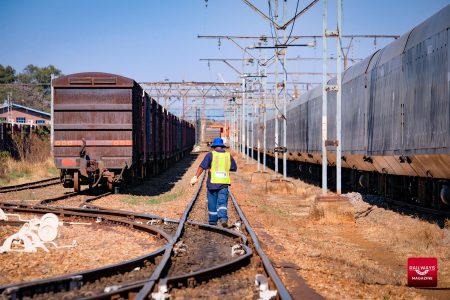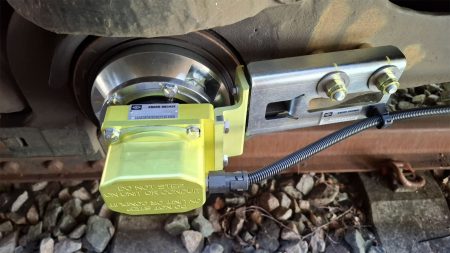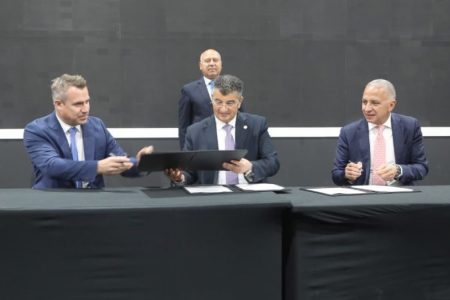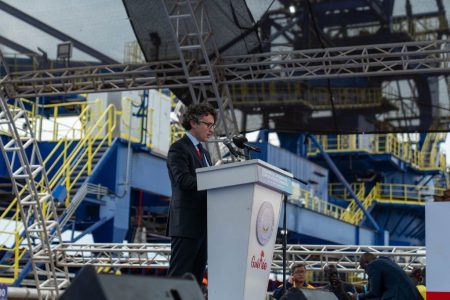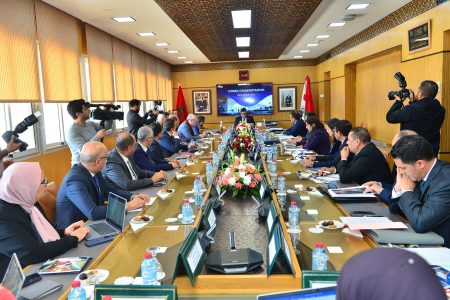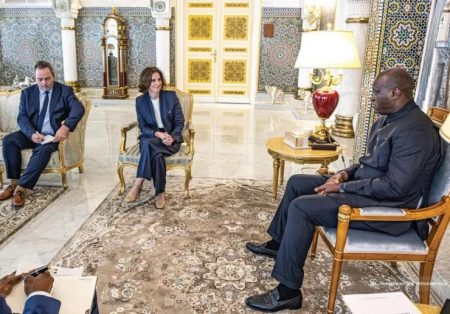This content is for Premium Subscribers only. To view this content, login below or subscribe as a Premium Subscriber.
Related News Articles
Angola Launches Tender for Namibe Corridor Railway Concession
05 December 2025
SADC, Angola
1 min
Wabtec Finalises Frauscher Sensor Technology Group Acquisition
05 December 2025
2 min
Tanzania’s Malagarasi Bridge Reaches 96 Percent Completion under SGR Phase 2
05 December 2025
East Africa, Tanzania
1 min
Botswana Railways Commits to Transparency and Operational Stability
05 December 2025
SADC, Botswana
1 min
Tomorrow’s Railway Safety: Combining People and Technology
05 December 2025
North Africa, Morocco
3 min
Traxtion Confirms R3.4bn Rolling Stock Investment to Unlock Rail Capacity and Jobs
05 December 2025
SADC, South Africa
4 min
Transnet Opens Registration of Interest for Northern Cape Iron Ore Export Capacity
05 December 2025
SADC, South Africa
1 min
EIT Group’s Estcourt Intermodal Freight Village Due for Expansion
05 December 2025
SADC, South Africa
3 min
South Africa: TRIM Opens Submissions for Ad-hoc Train Path Applications
05 December 2025
SADC, South Africa
1 min
Simandou Partners Celebrate Start of Operations
28 November 2025
West Africa, Guinea
1 min
Signing of the Trans-Gabon Railway Modernisation and Security Programme
28 November 2025
Central Africa, Gabon
1 min
Mining Chamber Says Namibia Needs Reliable and Efficient Railway System
28 November 2025
SADC, Namibia
2 min


